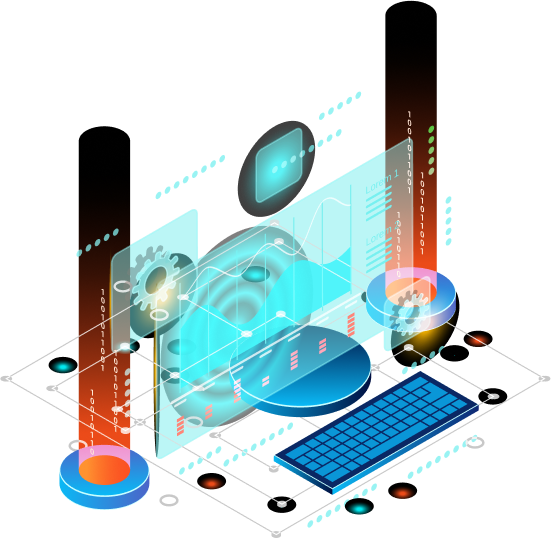If you’re new to Web3, it’s easy to get overwhelmed by the terminology.
Coins. Tokens. NFTs.
They all sound similar — and sometimes, they’re even used interchangeably. But they’re not the same.
At Moonrig, we believe smarter investing begins with clear understanding.
Let’s break it down.
What Are Coins?
Coins are native digital currencies of a specific blockchain. They are the foundation of that network — used to transfer value, pay fees, and secure the chain through consensus mechanisms like Proof of Work or Proof of Stake.
Examples of Coins:
-
Bitcoin (BTC) – native to the Bitcoin blockchain
-
Ethereum (ETH) – native to the Ethereum blockchain
-
Solana (SOL) – native to the Solana blockchain
What Coins Are Used For:
-
Paying transaction or gas fees
-
Participating in staking or mining
-
Storing and transferring value
Coins are like the fuel that keeps a blockchain running.
What Are Tokens?
Tokens are digital assets built on top of existing blockchains, like Ethereum or BNB Chain. Unlike coins, tokens don’t have their own native blockchain — they rely on an existing one to operate.
Tokens can serve many functions:
-
Utility (access features in a dApp)
-
Governance (vote on protocol changes)
-
Stablecoins (pegged to fiat currency like USDC or USDT)
-
Asset representation (tokenized real-world assets)
Common Token Standards:
-
ERC-20 (Ethereum)
-
BEP-20 (BNB Chain)
-
SPL (Solana)
Tokens are the programmable layer of Web3 — powering apps, platforms, and decentralized ecosystems.
What Are NFTs (Non-Fungible Tokens)?
NFTs are unique digital assets that represent ownership of something one-of-a-kind — like artwork, music, collectibles, or in-game items.
Unlike coins or tokens (which are interchangeable), NFTs are non-fungible, meaning:
-
1 NFT ≠ another NFT
-
Each NFT has distinct properties and metadata
NFTs can represent:
-
Digital Art
-
In-Game Items
-
Certificates
-
️ Event Access
-
Real-World Assets (tokenized)
NFTs are your digital proof of ownership, and they’re changing how creators, brands, and communities connect with value.
Quick Breakdown
| Asset Type | Native? | Interchangeable? | Use Case |
|---|---|---|---|
| Coin | Yes | Yes | Currency, staking, gas fees |
| Token | No | Yes | Utility, governance, DeFi |
| NFT | No | No | Ownership, uniqueness, access |
Why It Matters for You
Understanding the difference between coins, tokens, and NFTs helps you:
-
Know what you’re holding — and why
-
Evaluate projects more clearly
-
Choose tools, wallets, and platforms that match your strategy
-
Avoid beginner mistakes when investing
And with Moonrig, you don’t just hold — you understand, strategize, and grow with intelligence.
Want to Learn More?
Moonrig helps you go beyond definitions — with tools that track, analyze, and guide your entire Web3 portfolio.
Moonrig.io – Turning Intelligence Into Strategy
Get connected with us: LinkedIn | Twitter/X | Instagram | Telegram | Facebook | YouTube | TikTok | BlueSky












